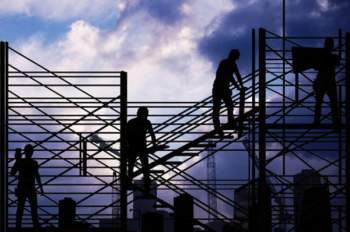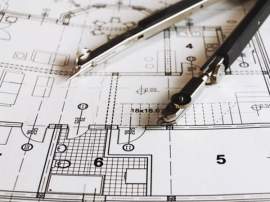
Understanding Building Construction

Popular In Construction
Contractors State License Board Construction Projects General Contractor Workplace Safety Construction Safety Contractor License Safety Equipment Safety Insurance Green Construction Health And Safety At Work Act 1974 Facts About Construction Loans Health And Safety At Work Act
What is Building Construction?
Building Construction is described as the commercial activity including the creation, modification, renovation, and destruction of buildings and structures; Building Construction can take place within a variety of settings and jurisdictions, ranging from Commercial Building Construction to Residential Building Construction. The notion of Building Construction is a fairly expansive one; applicable laws, statutory legislation, legal requirements, and administrative institutions responsible for the oversight of construction range not only in accordance to jurisdiction, but also with regard to the standards and practices of operations.
Building Construction Legality
Within the realm of Building Construction, there exists a wide range of legal stipulations and statutory legislation; these ideologies and methodologies are required to be satisfied in order for the Building Construction to be determined as a legal and valid endeavor. The following are amongst the most common types of legality and protocol associated with Building Construction:
Zoning
Zoning is defined as the expressed and identifiable distinction and delineation of applicable areas in which specific activity takes place; with regard to Building Construction, the clear delineation of areas and jurisdictions within which construction is taking place is mandatory – there exists a variance in not only legal statutes applicable to Building Construction zones, but also the adherence to standards and practices required within these zones:
Building Construction sites must utilize signs, borders, fencing, protective gear, and clear documentation in order to alert civilians that they are entering – or with the vicinity of – a construction zone
The adherence to safety protocols applicable to a clear delineation of the perimeter of a Building construction zone is the responsibility of the construction company undertaking the act of construction
Residential zones are comprised of areas in which individual, private homes and residences are permitted to exist; furthermore, those same civilians and private citizens are not permitted to enter building construction zones without expressed permission
Workplace Safety
Within the contractual stipulations of Building Construction exists a variety of legislation requiring the individual – or individuals – responsible for the administration of a construction project to provide a safe workplace environment; a safe work and healthy work environment is defined as one in which risks of occupational injury, hazards, and damage have been sufficiently diminished – this task is typically undertaken through the determination of the Occupational and Safety Hazard Administration:
The Occupational Safety and Health Administration (OSHA) is a branch of the Federal Government’s Department of Labor; these institutions are identified as the regulatory institutions responsible for the oversight, administration, and authorization of employment and labor occurring within the United States
Legislature applicable to the administration and operation of Building Construction requires that that the usage of any equipment or machinery considered to be dangerous be limited to those individuals who have satisfied applicable training and received appropriate certification of operation
In addition, adherence to scheduled inspection, investigation, and examination of all equipment and machinery is required on every Building Construction site
Appropriate methods of notification, which include the posting of signs not only delineating the borders of a building construction site are required in order to ensure the communal awareness of the dangers and risk latent upon unauthorized encroachment or entry, but also the conveyance of information requiring property safety and protection gear to be worn upon entry
NEXT: Understanding the Health and Safety at Work Act (1974)




















